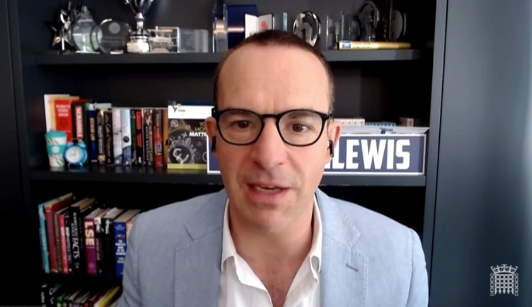
Money saving expert Martin Lewis has shared top tips to help drivers save thousands of pounds on fuel.
Millions of drivers are facing surging petrol prices as the cost of living crisis deepens.
Fuel prices have surged to record highs on an almost daily basis in recent weeks.
Chancellor Rishi Sunak has been criticised for not doing enough to tackle the spike in prices, despite plans announced in his spring statement to cut fuel duty by 5p.
Mr Lewis estimates that for someone who drives 15,000 miles a year averaging 35 miles per gallon (12.4 km/L), just buying petrol at the average UK price would cost £2,963 annually as of March 2022. Cutting this by 25% could save £741/year.
Here are the money saving expert’s top tips, produced with the help of the RAC, on how to make your fuel money last longer.
Step one: Increase the fuel efficiency of your vehicle
There are several ways you can reduce fuel consumption by making small changes to your car, Mr Lewis says.
Lower tyre pressures increase drag on a car according to moneysavingexpert.com, which will use up more fuel. Regularly checking the tyre pressures are correct can save you money on fuel.
Getting rid of extra weight from your car can help you to save fuel as the lighter the car, the easier it is to accelerate.
Millions of drivers face soaring petrol costs
(Getty Images)
A roof rack adds wind resistance to your car, even if it is not being used, which makes the engine work harder. Taking it off can help reduce fuel consumption.
AC in your car uses engine power, so turning it off at lower speeds and having windows down can help save you fuel.
However, at higher speeds it’s better to use AC and keep windows up due to the extra drag caused by having windows down.
Fuel is heavy so filling up the car adds a lot of weight which in turn uses more fuel to run.
To get round this, moneysavingexpert.com suggests you fill up slightly more often and put less in (to 1/2 or 3/4 full).
Cruise control helps you save on fuel on flat roads by maintaining a constant speed, thus removing unnecessary acceleration.
However, when used regularly on roads that aren’t flat, it will increase how much fuel you use because it’s slower to react to changes in gradient, meaning it will accelerate for longer than a driver would when going up a hill.
Motorways are usually flat, so reserve it for when you can cruise along.
Step two: Changing your driving habits
A smoother drive will not only help you keep your purse strings closed for longer but is also better for the environment.
The more you accelerate, the more fuel you use. Stay under 3,000 revs as a rough rule.
Always drive in the highest gear possible without labouring the engine, and change the gear much earlier than feels natural.
This helps you plan ahead and move gradually which means more efficient driving.
Try not to hit the brakes too rapidly as this leads to more acceleration, thus using more fuel. Instead, make the most of the car’s momentum – good road positioning is crucial for this.
If you hear sharp acceleration and screeching brakes you know you’re doing it wrong.
It takes a huge amount of energy to get a car going, so staying on the move can be more fuel-efficient. If you can, try safely roll gradually up to a traffic light as it changes from red to green without stopping.
This may seem like you’re saving fuel but it is dangerous and can lead to accidents.
Step three: Shop around for the cheapest local petrol
Use a price comparison tool such as PetrolPrices.com to find the cheapest fuel in your area.
It will list the cheapest filling stations in your area and covers around 8,500 forecourts across the UK.
You can also keep an eye out for short-lived fuel discount promos that pop up now and again.
Step four: Cashback credit cards
Cashback credit cards pay you back each time you spend on them, but only work if you set up a direct debit to repay the card in full each month so you never pay interest which would dwarf any cash saved.
Step five: Ride sharing
Driving less is the most obvious way to save money on fuel, so why not see if you can share a ride with colleagues on the way to work?
There are also sites such as Liftshare and BlaBlaCar which can connnect people on the same journey- but be cautious whenever getting into a car by checking the driver’s ID.
It also has the benefit of being better for the environment, with fewer cars on the road.
